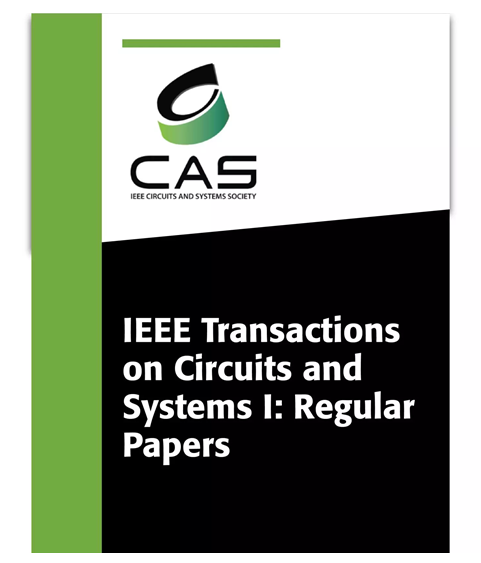Analysis of Inductor Current Ripple Minimization in PV-Fed Modular Multilevel DC-DC Converter With Distributed MPPT Control
IF 5.2
1区 工程技术
Q1 ENGINEERING, ELECTRICAL & ELECTRONIC
IEEE Transactions on Circuits and Systems I: Regular Papers
Pub Date : 2025-04-14
DOI:10.1109/TCSI.2025.3558367
引用次数: 0
Abstract
Modular multilevel DC-DC converters find extensive use in power electronics due to their utilization of a single inductor, the potential for serial connection of N number of sub-modules (SMs), and a modular design. Recent research indicates that minimizing ripple in inductor current is feasible by maintaining a fixed interleaving angle of分布式MPPT控制下PV-Fed模块化多电平DC-DC变换器电感电流纹波最小化分析
模块化多电平DC-DC转换器广泛应用于电力电子领域,因为它们使用了单个电感器,可以串行连接N个子模块(SMs),并且采用模块化设计。最近的研究表明,在等占空比的工作条件下,通过在SMs之间保持固定的交错角$\frac {100}{N}$ %来减小电感电流的纹波是可行的。本研究探讨了这些转换器在光伏(PV)系统中的应用,包括单个最大功率点跟踪(MPPT)控制。在这种情况下,单个MPPT控制对SMs施加不同的占空比条件,这是由于每个SM的来源不同,特别是在部分遮阳条件(PSC)的情况下。这种可变性可能潜在地影响系统内的电流纹波。本文进行了深入的理论分析,得出了在不等占空比条件下最小化电流纹波的最佳交错角准则。在此基础上,提出了一种将角度优化与MPPT控制相结合的控制策略。此外,可以观察到,以该最佳角度操作变换器会导致纹波电流显着减少,其因素至少为$\frac {1}{N}$。MATLAB/PLECS仿真和实验结果验证了在稳态和PSC期间,与传统的交错角方法相比,纹波减少有相当大的改进。
本文章由计算机程序翻译,如有差异,请以英文原文为准。
求助全文
约1分钟内获得全文
求助全文
来源期刊
CiteScore
9.80
自引率
11.80%
发文量
441
审稿时长
2 months
期刊介绍:
TCAS I publishes regular papers in the field specified by the theory, analysis, design, and practical implementations of circuits, and the application of circuit techniques to systems and to signal processing. Included is the whole spectrum from basic scientific theory to industrial applications. The field of interest covered includes: - Circuits: Analog, Digital and Mixed Signal Circuits and Systems - Nonlinear Circuits and Systems, Integrated Sensors, MEMS and Systems on Chip, Nanoscale Circuits and Systems, Optoelectronic - Circuits and Systems, Power Electronics and Systems - Software for Analog-and-Logic Circuits and Systems - Control aspects of Circuits and Systems.

 求助内容:
求助内容: 应助结果提醒方式:
应助结果提醒方式:


